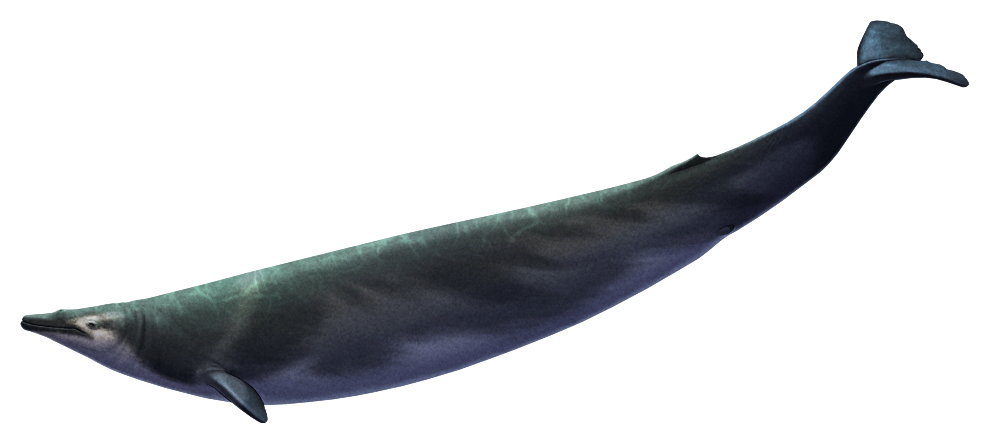While last week’s Tutcetus was the smallest known basilosaurid whale, another recently-announced member of that group was almost the complete opposite.
Perucetus colossus was a chonker. An absolute unit of a whale.
Living during the Eocene (~38 million years ago) in shallow marine waters covering what is now the coast of Peru, this ancient whale is known from several vertebrae, ribs, and parts of its pelvis. As a result its full size is uncertain, but based on the proportions of other basilosaurids it was probably somewhere around 17-20m long (~56′-66′) – similar in length to the larger specimens of Basilosaurus.
However, it had much thicker denser bones, even more so than those of its close relative Antaecetus, suggesting that its full body mass was much higher than the rather slender Basilosaurus – and possibly heavier than even modern blue whales despite being shorter in overall length.
Perucetus’ thickened vertebrae were also fairly inflexible in most directions, indicating it was a sirenian-like slow swimmer with limited maneuverability – but it did have a surprisingly good ability to bend its body downwards. Without skull material it’s unclear what its diet was like, but it may have been a suction-feeder hoovering up seafloor prey like modern grey whales or walruses.
I’ve reconstructed it here with a speculative bristly fleshy downturned snout inspired by the weird skull of Makaracetus, an earlier whale that may have also been a walrus-like bottom-feeder.


